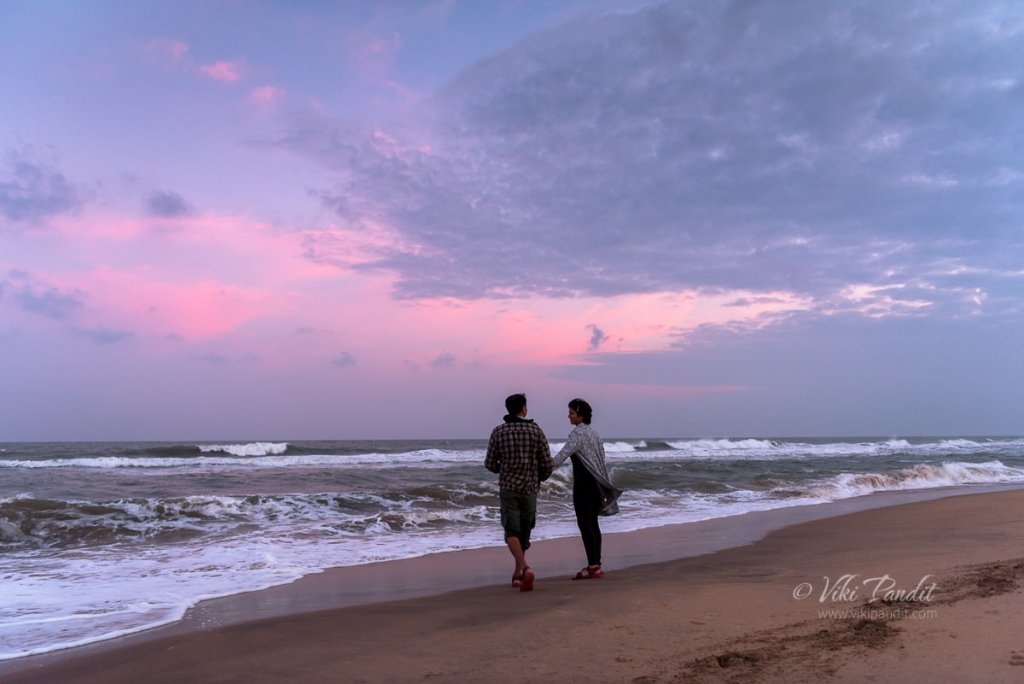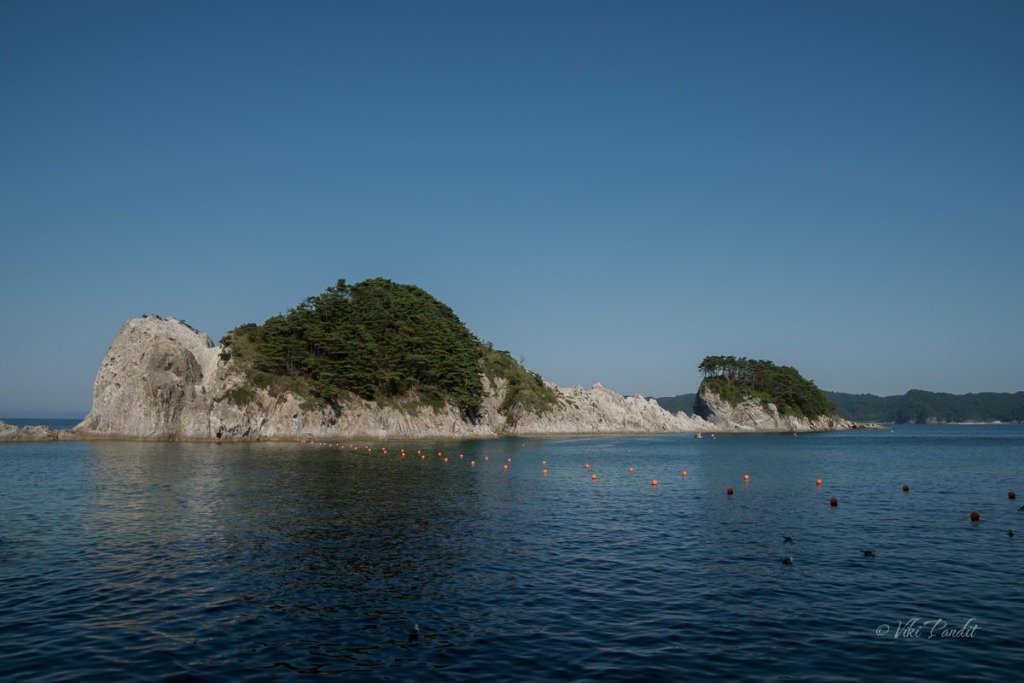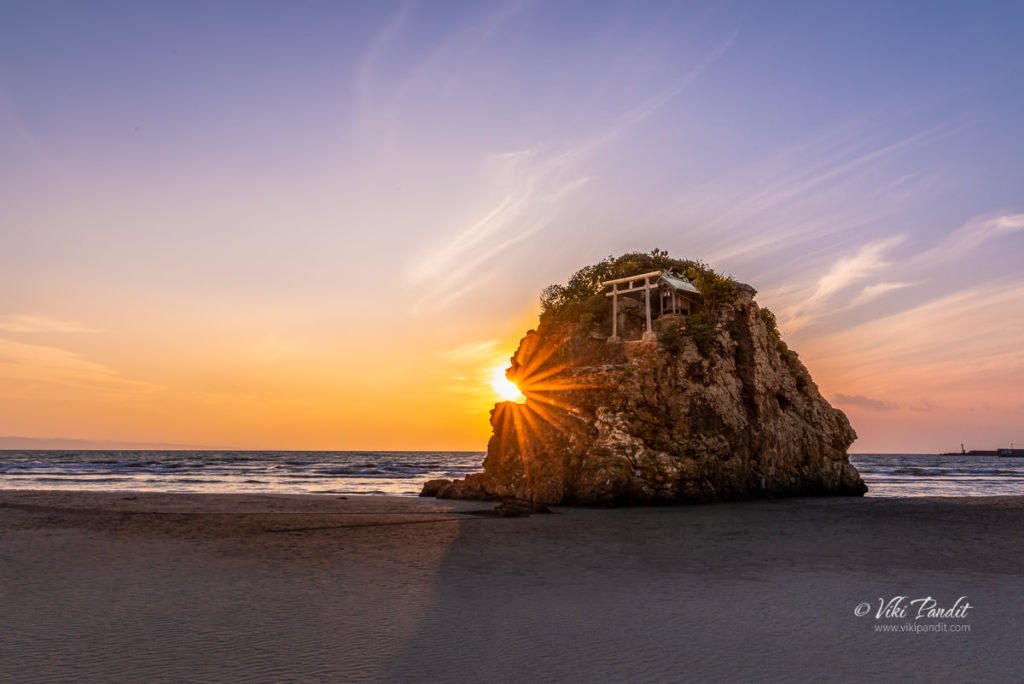Inasahama is one of the most sacred Japanese beaches located in Japan where Gods are said to have descended to make it their own country on Earth.
Beaches

Musical Waves of Mahabalipuram Beach
We sat under magical skies, immersed in the music of the strong waves of Bay of Bengal. The historical town of Mahabalipuram is an enchanting place to explore age old stone carvings and century old temples, but in-between the sweaty hikes, one can cool their tired heels at the beautiful beaches along the east coast.

A stroll on Mandvi Beach
We drive to Mandvi Beach to laze out in the winter Sun. The beach is a curving stretch of yellow sand fringed by green waters, with windmills on one side and an uninterrupted view of the Arabian sea on the other. The sea is safe for swimming and the beach is ideal for walking. The beautiful beach offers many fun activities including Camel rides, bubble floats, speedboats and even para-sailing. But for us peace hunters, a few steps away there is the silence of the gentle waves and the occasional herons flying by.

An evening at Enoshima
We traveled to Enoshima today, a small offshore island, about 4 km in circumference, at the mouth of the Katase River which flows into the Sagami Bay of Kanagawa. I was there to photograph Mt. Fuji, which I have heard looks stunning from the beach, but unfortunately the foggy weather foiled our attempts to catch the unique scene. However the beach is still an amazing place to spend an evening with your loved one.

The pure Jodogahama Beach
We went down to Miyako to witness the uniquely-shaped islands of Jodogahama Beach. The stunning landscape of jagged white rocks protrusions as well as the beautiful coastline make it a photographers delight.

Fun on Aoshima Beach
We walk down to Aoshima beach, one of the most beautiful beaches in Miyazaki. Facing the beach is Aoshima Island, which appears like a pendant from the sky. The island is known for its subtropical plants and straight lines stones called devil’s washboard or Oni no Sentakuita.

The Dunes of Tottori
JR Train Station Bus to Tottori Sand Dunes Parking lot Tottori Sand Dunes Entrance Tottori Sand Dunes Viki at Tottori Sand Dunes Mani at Tottori Sand Dunes Climbing the Horseback Dune Atop the Horseback Dune View of the Sea Western coast Setting up my tripod Catching the sunset over Tottori Sand Dunes Mani at sunset […]

White Sands of Shirahama Beach
I go for a walk on the soft white sands of Shirahama Beach in Wakayama. The enchanting beach with its sparkling see thru waters make this place a paradise for beach lovers.

Gokarna Beach Trek
This weekend I head out on a trek to the rocky cliffs along the coastline of Gokarna. The trek covers four of the most gorgeous beaches located to the south of Gokarna starting from the southern-most Paradise Beach and moving northwards towards Half Moon Beach, Om Beach, Kuddle Beach and finally ending at Gokarna Beach.
